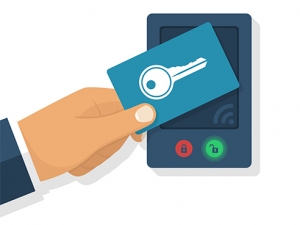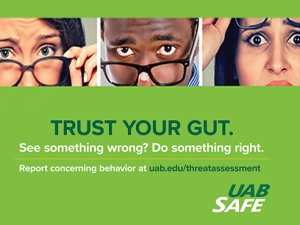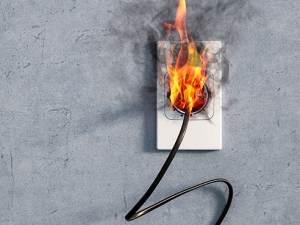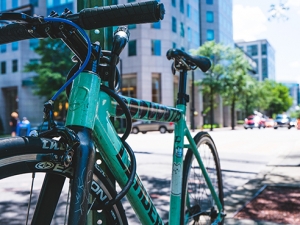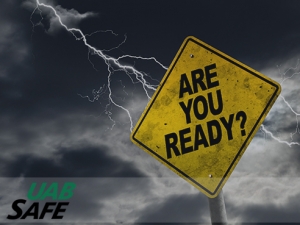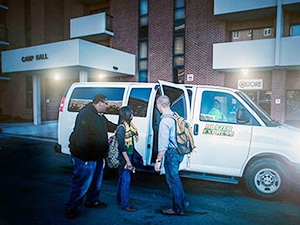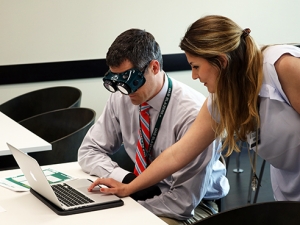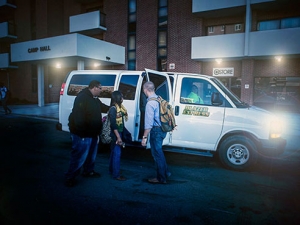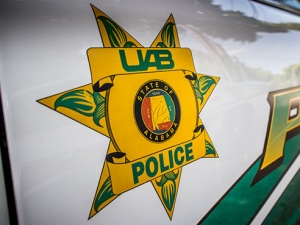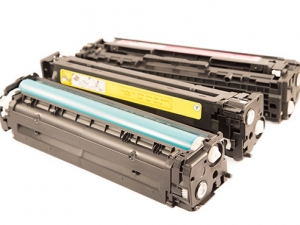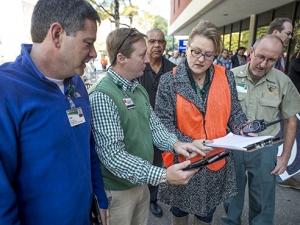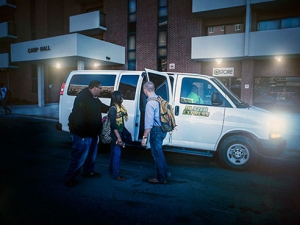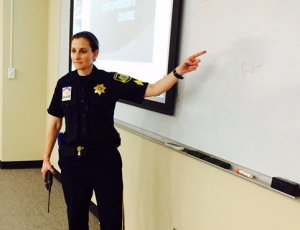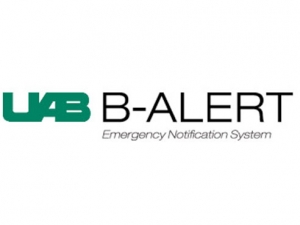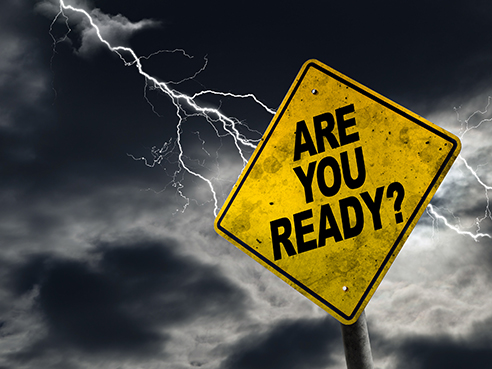 Spring is prime tornado season in Central Alabama, because temperatures can fluctuate so wildly. The month might begin at an average temperature of 45 degrees and end at 77, a temperature range that can bring bright and clear days but also lend itself to dramatic weather changes.
Spring is prime tornado season in Central Alabama, because temperatures can fluctuate so wildly. The month might begin at an average temperature of 45 degrees and end at 77, a temperature range that can bring bright and clear days but also lend itself to dramatic weather changes.
Some of the worst tornado outbreaks in Alabama’s history have come during April, including April 3-4, 1974, and April 27, 2011, when 134 patients came through the UAB emergency room after harsh tornadoes struck Central Alabama, hailing from Anniston to Tuscaloosa. But tornadoes can — and have — happened any time during the year, and even the occasional late snowfall.
Severe weather preparedness is key when living and working in a location such as Birmingham, and UAB has several resources that, when coupled with personal initiatives, can help keep employees safe during bad weather.
-
Know the severe weather gathering points and emergency action plan for your building.
Most buildings across campus have at least one designated gathering area for severe weather situations. Employees should familiarize themselves with the ones closest to their workspace and memorize several routes there.Register for UAB’s emergency notification system, B-ALERT, at uab.edu/balert.
Each building administrator should also have on hand a Building Emergency Action Plan, which is shared with new employees and can be explained upon request. UAB also has its own basic emergency response plan for tornadoes. -
Sign up for B-ALERT.
UAB’s Emergency Management Team uses its emergency notification system to communicate through voice calls, SMS text messages and emails to the entire campus. You should routinely check your B-alert settings to make sure the contact information is correct.
Register for B-ALERT at uab.edu/balert. -
Keep gear in your office in case of emergency.
The Department of Homeland Security recommends creating emergency kits out of inexpensive and easy-to-find items that, in a true emergency, could save a life.Community-based traffic and navigation app Waze can also help drivers navigate around road blockages, stopped traffic or other roadway issues that can pop up during severe weather.
Each office should be stocked with a gallon of water, non-perishable food items, a battery-powered or hand-cranked radio, a flashlight and other items from the ready.gov Build A Kit checklist. It is best to stock enough to last 72 hours. -
Know several different routes to get back home.
Whether you commute from Five Points South or Tuscaloosa, take time during daily commutes to explore alternate routes to help avoid traffic jams due to extreme weather or car accidents.
Community-based traffic and navigation app Waze can also help drivers navigate around road blockages, stopped traffic or other roadway issues that can pop up during severe weather.
-
Download a good weather app.
With the myriad weather apps available on the App Store and Google Play, it’s important to know which will be the most reliable in tense severe-weather situations.
|
Most buildings across campus have at least one designated gathering area for severe weather situations. Familiarize yourself with the ones closest to your workspace and memorize several routes there. |
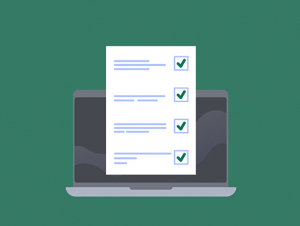
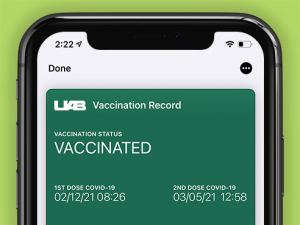
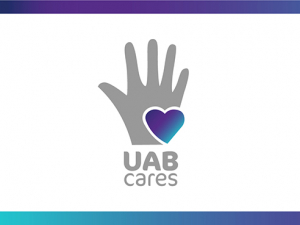
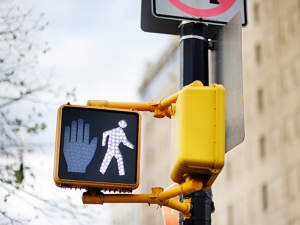
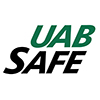 Be safe, not a statistic: Pedestrian fatalities have risen 46 percent since 2009.
Be safe, not a statistic: Pedestrian fatalities have risen 46 percent since 2009.
